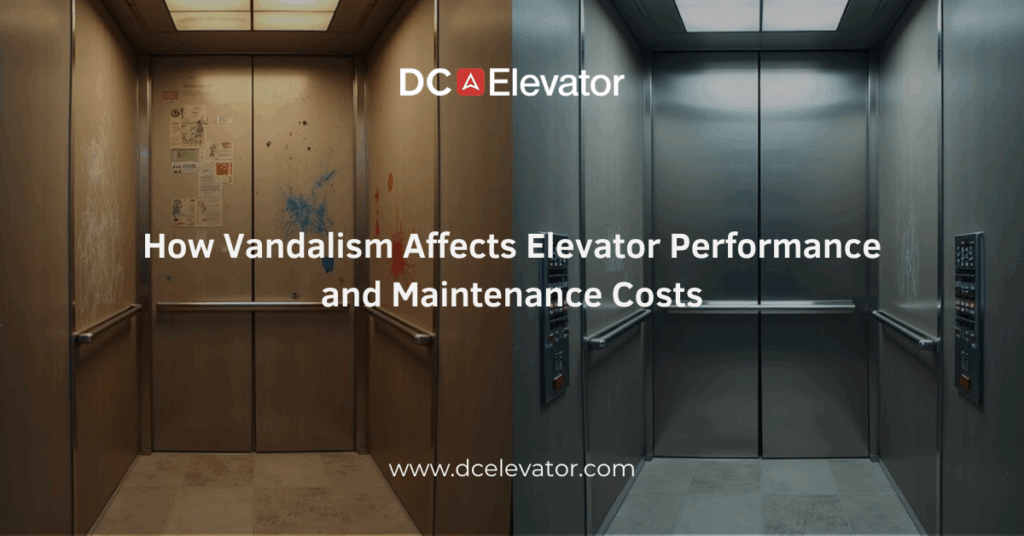Have you ever walked into an elevator only to find scratched panels, broken buttons, or graffiti on the walls? For building owners and facility managers, elevator vandalism is more than just an eyesore—it’s a costly and disruptive problem. According to industry reports, elevator vandalism is one of the top contributors to unplanned service calls, driving up repair expenses and creating safety risks for passengers. Whether in residential buildings, schools, or public facilities, vandalism not only impacts the appearance of your elevators but also compromises performance, shortens equipment lifespan, and adds unnecessary strain to maintenance budgets. Understanding how vandalism affects your elevators—and what you can do about it—can help reduce costs and keep tenants safe and satisfied.
The Hidden Costs of Elevator Vandalism
Vandalism in elevators ranges from cosmetic damage to critical mechanical issues, each carrying financial consequences:
-
Damaged buttons and controls – Repeated misuse or intentional damage can render elevators inoperable, requiring expensive part replacements.
-
Graffiti and panel scratching – Beyond cleaning and restoration costs, these issues can lower tenant satisfaction and negatively impact property image.
-
Obstructed doors and sensors – Tampering with doors or safety mechanisms can cause breakdowns, increasing service calls and downtime.
-
Emergency repairs – Vandalism often leads to unexpected outages, which are typically more costly than scheduled maintenance.
Impact on Elevator Performance
When elevators experience frequent vandalism, performance and reliability quickly deteriorate. For example:
-
Damaged call buttons can delay response times or cause cars to skip floors.
-
Disabled door sensors may result in unsafe operation or trapped passengers.
-
Frequent malfunctions lead to longer wait times and frustration during peak hours.
In high-traffic buildings such as schools, hospitals, or multi-tenant complexes, this unreliability can severely disrupt daily operations.
Strategies to Prevent Vandalism and Control Costs
While vandalism can’t always be eliminated, building owners and managers can take proactive measures:
1. Install CCTV and Monitoring Systems
Visible surveillance cameras inside elevators deter vandalism and help identify culprits. Many properties have seen vandalism incidents decrease significantly after adding monitoring systems.
2. Use Durable and Vandal-Resistant Materials
Stainless steel panels, tamper-proof buttons, and protective coatings can withstand more abuse and reduce repair frequency.
3. Increase Tenant and Staff Awareness
Encouraging tenants to report suspicious activity quickly can help address small issues before they escalate into major repairs.
4. Regular Maintenance and Inspections
Routine checks allow technicians to spot vandalism-related wear early, ensuring prompt and cost-effective repairs.
Why Proactive Action Matters
Ignoring vandalism doesn’t just hurt appearance—it compounds costs over time. A single broken button might seem minor, but if ignored, it can cause circuit failures or system shutdowns. By investing in preventive measures like CCTV, durable materials, and consistent maintenance, property managers can protect elevator performance, reduce downtime, and avoid expensive repairs.
`1Elevator vandalism is more than a nuisance—it’s a serious threat to performance, safety, and maintenance budgets. The good news is that with the right preventive strategies, such as upgrading to vandal-resistant components and installing CCTV monitoring, building managers can significantly reduce risks and costs.
If vandalism has become a recurring problem in your building, now is the time to act. Contact us today for an elevator assessment, and let our experts recommend cost-effective solutions to keep your elevators reliable, safe, and protected.
